#space
Text
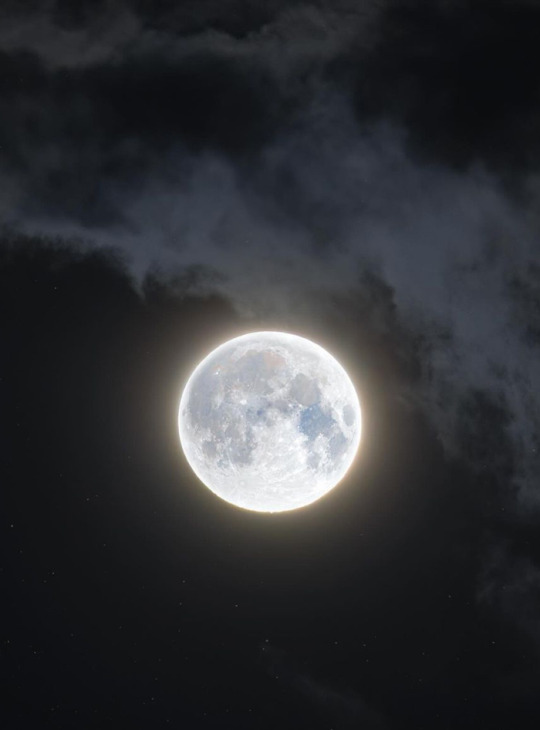
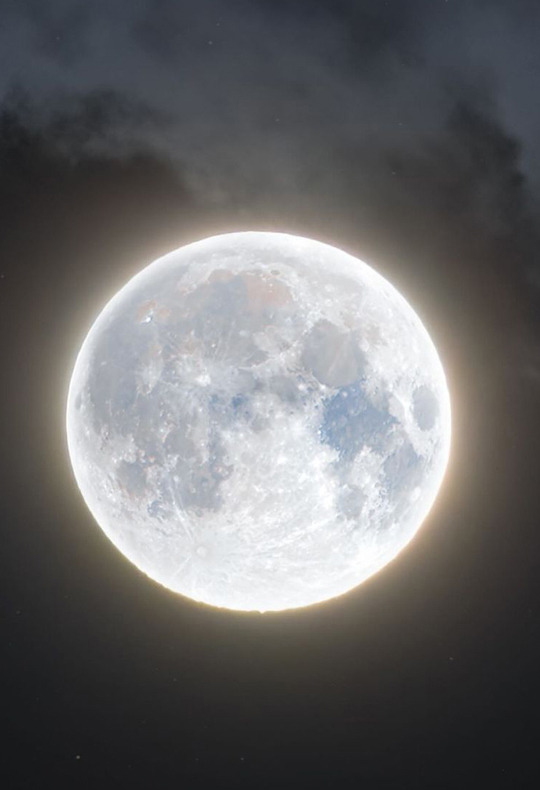

April Full Moon © astronycc
#full moon#astrophotography#nasa#space#stars#pink moon#night sky#solar system#moon#universe#astronomy#cosmos#galaxy#planet
553 notes
·
View notes
Text

Regulus, Lion's Heart
512 notes
·
View notes
Text
thinking about how like. as a kid growing up in the light-polluted suburbs, space was always somewhere else. it was in the eyepiece of a telescope, star clusters and the andromeda galaxy and the orion nebula (good luck seeing any other galaxies or nebulae from suburbia) all faint and fuzzy, and outside the eyepiece, nothing. just a handful of stars in a not-that-dark sky. it was either that or look up hubble pics
i knew, in theory, that the night sky was space. but in practice i found that hard to believe since the sky i could see barely resembled the wonders of the cosmos described to me in documentaries or books. that telescope eyepiece was like a gateway into another world where faint hints of these things really did exist, because they didn't exist in my sky
and then i started going to dark sky sites, and it's all just. there. it's real. you can just see the plane of our galaxy with its star clouds and dust lanes
one time, a friend and i stopped in the middle of nowhere in kansas on the way back from a road trip. it was the darkest and most remote night sky i've ever seen. she pointed to a fuzzy little cloud fairly close to the horizon, like a puff of steam rising from the spout of the teapot of sagittarius. it was the lagoon nebula. she also pointed out the andromeda galaxy, a distinct smear on the sky
not with a telescope, but with the naked eye. everything was just there! sure, it didn't lookk like hubble pics, but it wasn't just the night sky anymore - it really was space
i think one of the saddest things about light pollution is that we live in a time where humans have unprecedented knowledge about the universe and our place in it. we can look at features of the night sky and understand the immensity and significance of it all. you can look at the puff of steam in sagittarius and know that suns are being born there
but for most people, these facts are distant and irrelevant, because they can't see them in the sky above their heads, and i think that's a tragic loss for our species
406 notes
·
View notes
Text
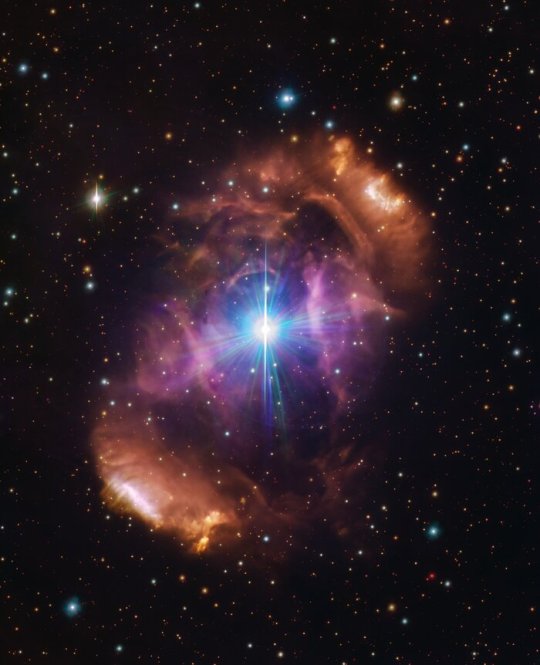
This image, taken with the VLT Survey Telescope hosted at ESO’s Paranal Observatory, shows the beautiful nebula NGC 6164/6165, also known as the Dragon’s Egg. The nebula is a cloud of gas and dust surrounding a pair of stars called HD 148937.
In a new study using ESO data, astronomers have shown that the two stars are unusually different from each other — one appears much younger and, unlike the other, is magnetic. Moreover, the nebula is significantly younger than either star at its heart, and is made up of gases normally found deep within a star and not on the outside. These clues together helped solve the mystery of the HD 148937 system — there were most likely three stars in the system until two of them clashed and merged, creating a new, larger and magnetic star. This violent event also created the spectacular nebula that now surrounds the remaining stars. Credit:
Credit: ESO
415 notes
·
View notes
Text
Me and @treelsprouts are making marble sky oc
(In the teens ages ↓ ↓ ↓)

Here's mine! His name is Mars.
Mars is a junior\Sub commander in Marmor forces.
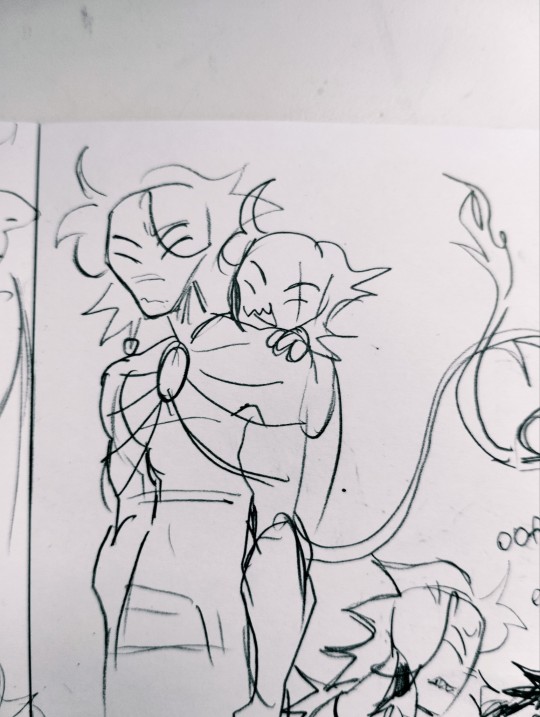
Also, he's Kraz's caretaker(?) Since Kraz is a lil piece of shit and a trouble maker, everyone made a decision to give him someone who could look after him. (Plus, Cass didn't really tell us about Marmor families, but let's just say that these two are siblings)


Being the literal army junior commander doesn't stop him from absolutely adoring teegatdenians. He really often visits them in the prison to listen about their culture, life, people, fauna, flora and give them some medical care. (he makes excuses for others that he is just wooing them so that they do not die from injuries and in that case, mire information can be extracted from them)
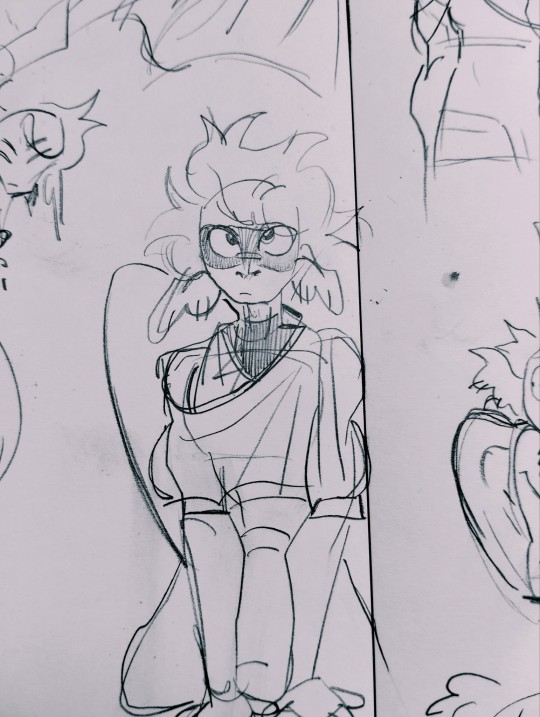
He even had a tree friend - Tulip! (Or Daffodill, i can't decide) But... No matter what...
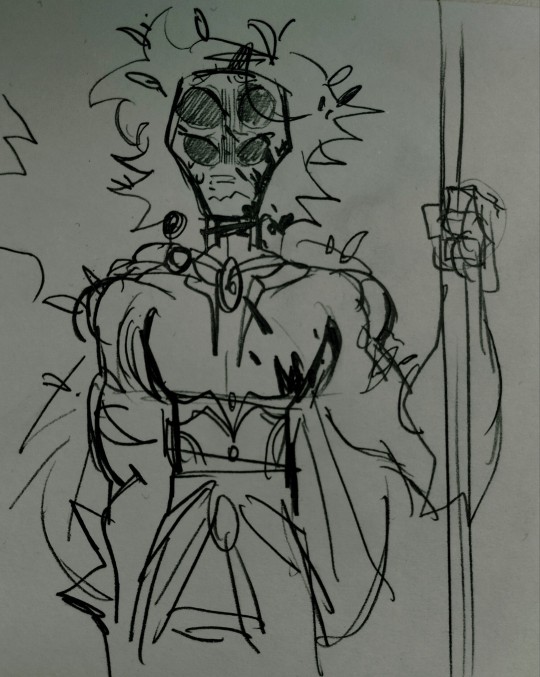
Social pressure is way too strong...
Also @somerandomdudelmao , hello :3
Yeah, one more thing. I have a hc that Marmor's "eyes" widening when they're feeling anxious, scared or just very uncomfortable and vulnerable, to increase their "echo location" Senses :]
#my art#traditional drawing#nail art#sketch#marble sky oc#marble sky comic#marble sky#aliens#teegatdenian#space#yay! marble angst!#just how i like it
388 notes
·
View notes
Photo
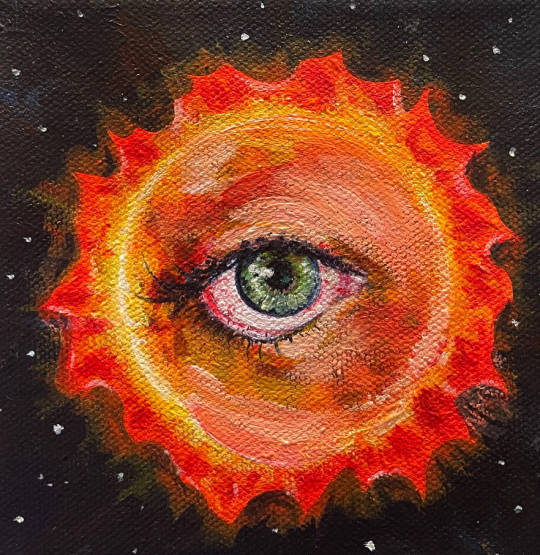
Eye of the Sun by NickMears
227 notes
·
View notes
Text
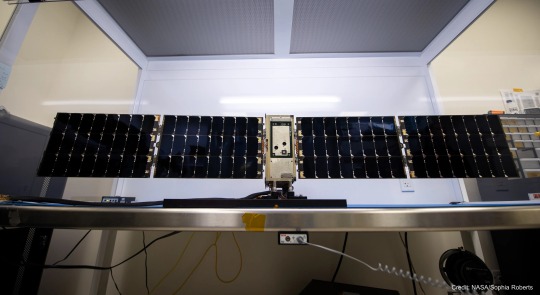
Tiny BurstCube's Tremendous Travelogue
Meet BurstCube! This shoebox-sized satellite is designed to study the most powerful explosions in the cosmos, called gamma-ray bursts. It detects gamma rays, the highest-energy form of light.
BurstCube may be small, but it had a huge journey to get to space.
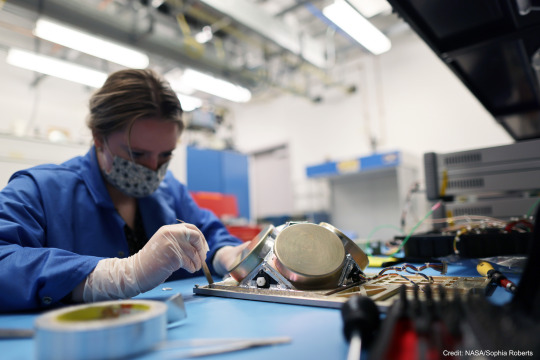
First, BurstCube was designed and built at NASA’s Goddard Space Flight Center in Greenbelt, Maryland. Here you can see Julie Cox, an early career engineer, working on BurstCube’s gamma-ray detecting instrument in the Small Satellite Lab at Goddard.
BurstCube is a type of spacecraft called a CubeSat. These tiny missions give early career engineers and scientists the chance to learn about mission development — as well as do cool science!
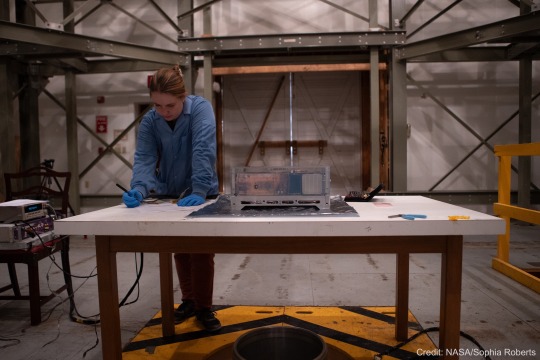
Then, after assembling the spacecraft, the BurstCube team took it on the road to conduct a bunch of tests to determine how it will operate in space. Here you can see another early career engineer, Kate Gasaway, working on BurstCube at NASA’s Wallops Flight Facility in Virginia.
She and other members of the team used a special facility there to map BurstCube’s magnetic field. This will help them know where the instrument is pointing when it’s in space.
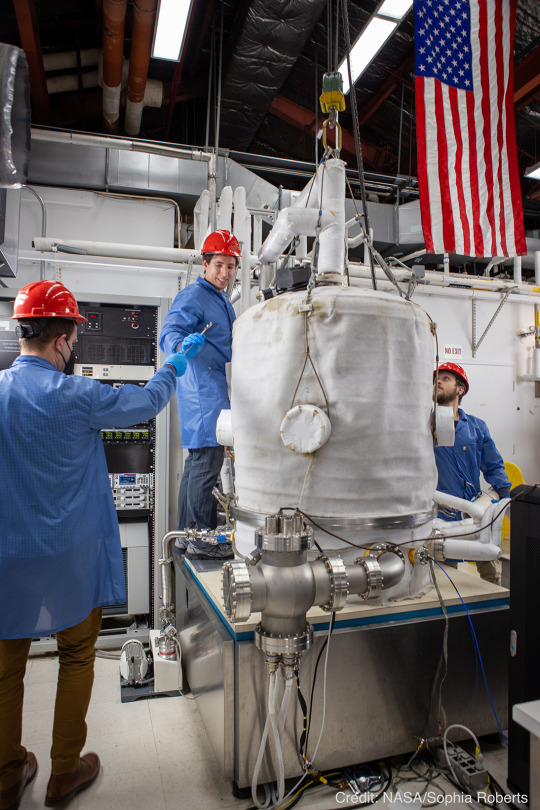
The next stop was back at Goddard, where the team put BurstCube in a vacuum chamber. You can see engineers Franklin Robinson, Elliot Schwartz, and Colton Cohill lowering the lid here. They changed the temperature inside so it was very hot and then very cold. This mimics the conditions BurstCube will experience in space as it orbits in and out of sunlight.
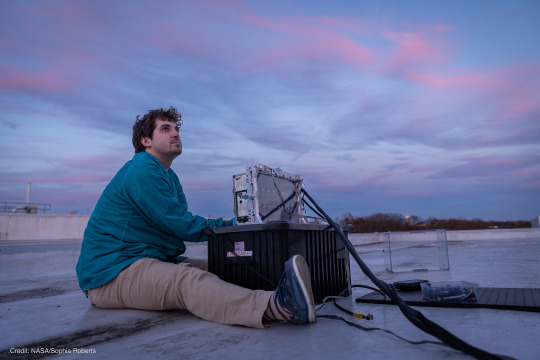
Then, up on a Goddard rooftop, the team — including early career engineer Justin Clavette — tested BurstCube’s GPS. This so-called open-sky test helps ensure the team can locate the satellite once it’s in orbit.
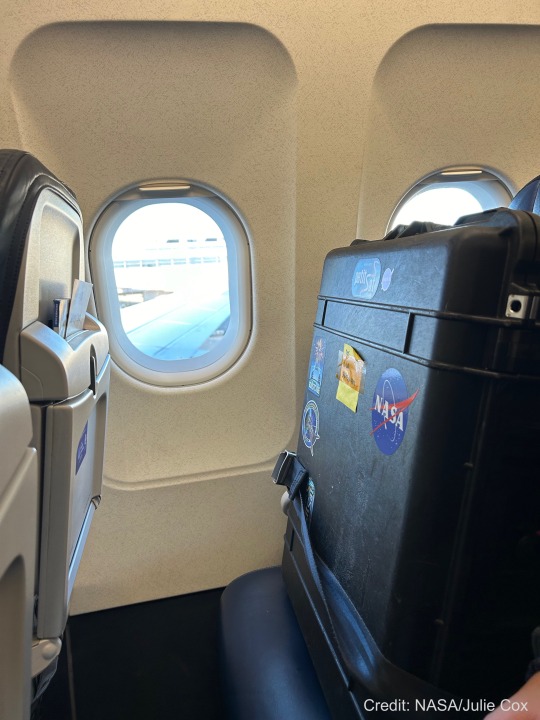
The next big step in BurstCube’s journey was a flight to Houston! The team packed it up in a special case and took it to the airport. Of course, BurstCube got the window seat!

Once in Texas, the BurstCube team joined their partners at Nanoracks (part of Voyager Space) to get their tiny spacecraft ready for launch. They loaded the satellite into a rectangular frame called a deployer, along with another small satellite called SNoOPI (Signals of Opportunity P-band Investigation). The deployer is used to push spacecraft into orbit from the International Space Station.
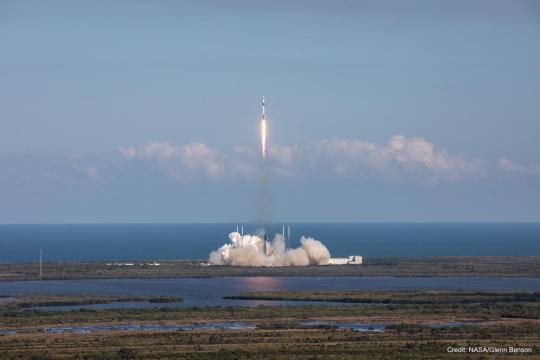
From Houston, BurstCube traveled to Cape Canaveral Space Force Station in Florida, where it launched on SpaceX’s 30th commercial resupply servicing mission on March 21, 2024. BurstCube traveled to the station along with some other small satellites, science experiments, as well as a supply of fresh fruit and coffee for the astronauts.
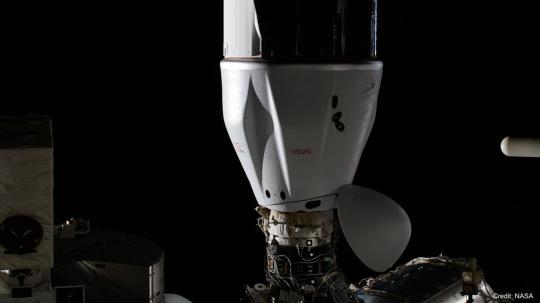
A few days later, the mission docked at the space station, and the astronauts aboard began unloading all the supplies, including BurstCube!
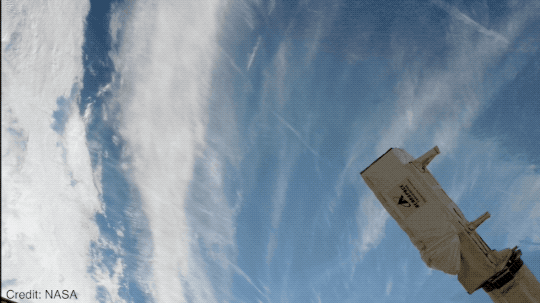
And finally, on April 18, 2024, BurstCube was released into orbit. The team will spend a month getting the satellite ready to search the skies for gamma-ray bursts. Then finally, after a long journey, this tiny satellite can embark on its big mission!
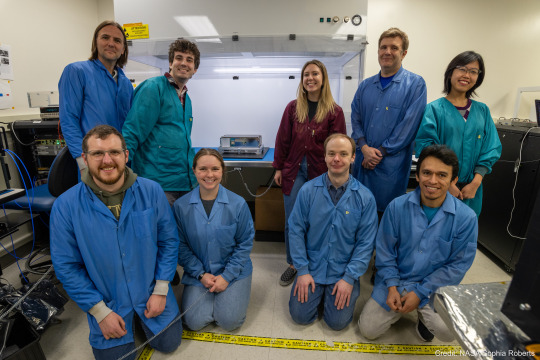
BurstCube wouldn’t be the spacecraft it is today without the input of many early career engineers and scientists. Are you interested in learning more about how you can participate in a mission like this one? There are opportunities for students in middle and high school as well as college!
Keep up on BurstCube’s journey with NASA Universe on X and Facebook. And make sure to follow us on Tumblr for your regular dose of space!
#tech#technology#dream job#jobseekers#NASA#space#spaceblr#universe#astronomy#science#gamma ray bursts#cubesat#smallsat#launch
254 notes
·
View notes
Text
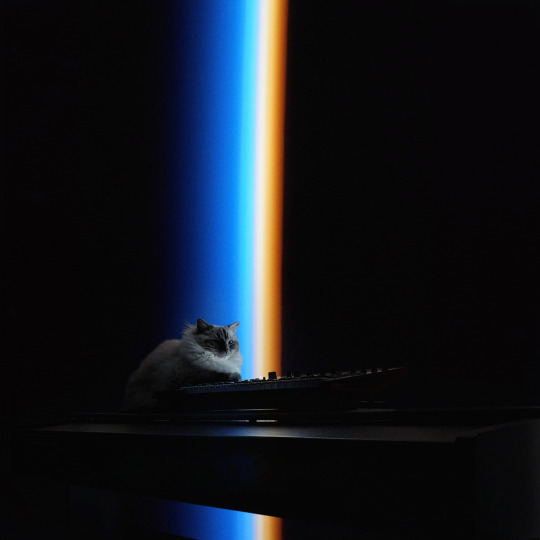
#cats on synthesizers in space#catsonsynthesizersinspace#cosis#cat#cats#synth#synths#synthesizer#synthesizers#space#cosmos#astronomy#scifi#nasa#spacex#caturday#cute#epic#funny#lolz#catsofinstagram#cats of tumblr#Timmy
168 notes
·
View notes
Text

Clearest photo of Pluto ever taken
#pluto#planet pluto#solar system#astronomy#astronomers#nasa#universe#astrophotography#nasa photos#astrophysics#outer space#nasawebb#hubble space telescope#i love astronomy#astronomy facts#astrography#astro community#astro notes#astro observations#astroblr#space exploration#space#science#science facts#planetary science#cosmos#the universe#galaxy#galaxies#planetary nebula
178 notes
·
View notes
Text
The starship is safe.

#star trek#art#illustration#s'chn t'gai spock#star trek tos#mr spock#spock fanart#star trek fanart#spock#star trek enterprise#uss enterprise#spock/kirk#tos spock#star trek the original series#space
170 notes
·
View notes
Text
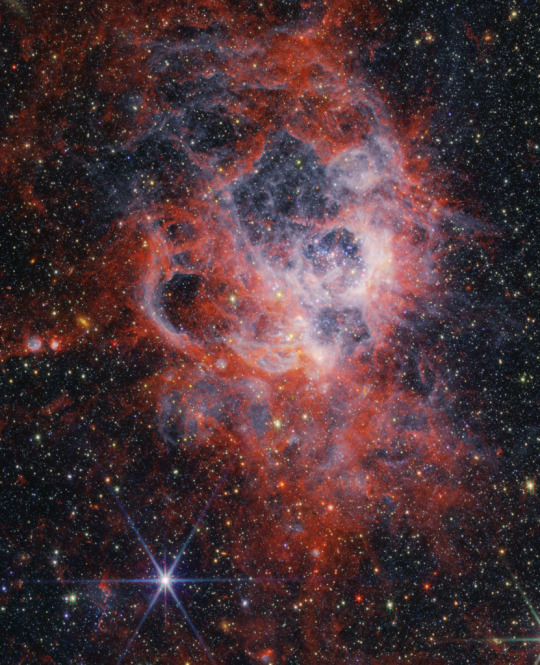
NGC 604, Star Nursery
399 notes
·
View notes
Text

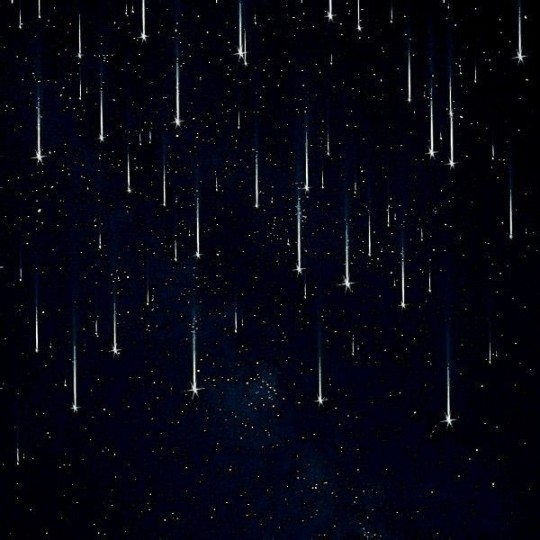
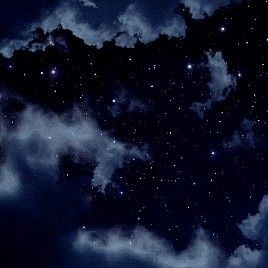
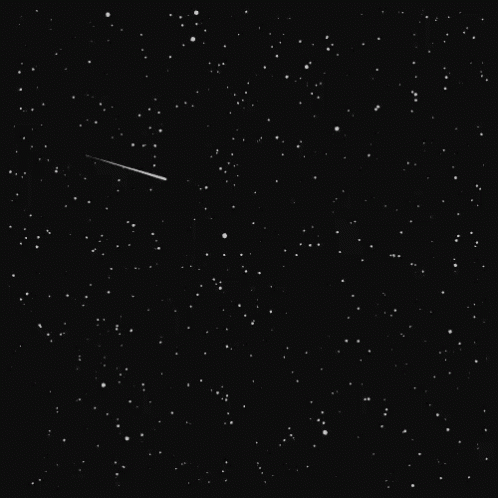
#nature#beautiful#sky#photography#landscape#photografy#art#naturecore#aesthetic#art aesthetic#sunset#space#stars#art nature#night photography#places#pretty#clouds#field#cottagecore#meadow#moodboard#colorful#cloudscape#spring#sunrise#meadowcore#moon#mountains#scenery
135 notes
·
View notes
Photo

A Jupiter Vista from Juno
Credits: NASA, JPL-Caltech, SwRI, MSSS, License, Kevin M. Gill
88 notes
·
View notes
Text
If we discover alien life, what will it look like?
We have no way of knowing, but the hunt for extraterrestrial life can now include purple bacteria, according to a group of astronomers who are recording the chemical makeup unique to the lavender-hued organisms. These microbes may have dominated Earth early on in our planet's history and are well-suited to emerge on faraway worlds that circle dim red stars smaller than our sun, a new study suggests.
The latest cataloging effort is in part "to create a database for signs of life to make sure our telescopes don't miss life if it happens not to look exactly like what we encounter around us every day," study co-author Lisa Kaltenegger of Cornell University said in a statement. "Purple bacteria can survive and thrive under such a variety of conditions that it is easy to imagine that on many different worlds, purple may just be the new green."
Continue Reading.
82 notes
·
View notes
Text

Solar eclipse over Shelbyville, Kentucky, August 7, 1869.
(Cambridge University)
115 notes
·
View notes
